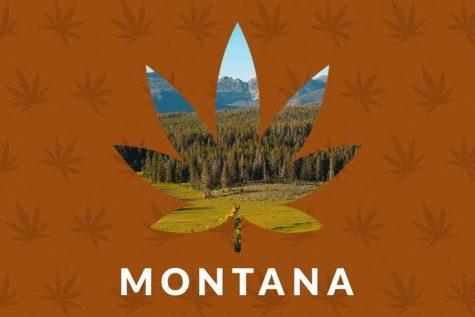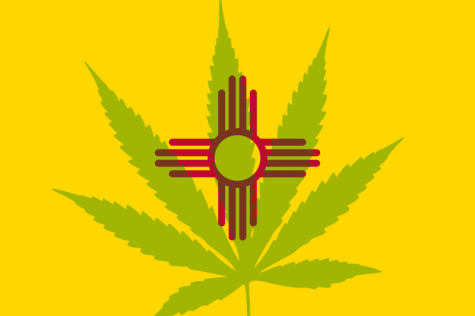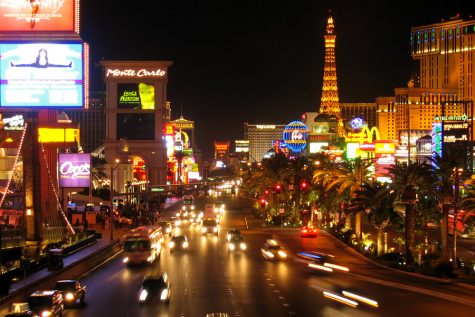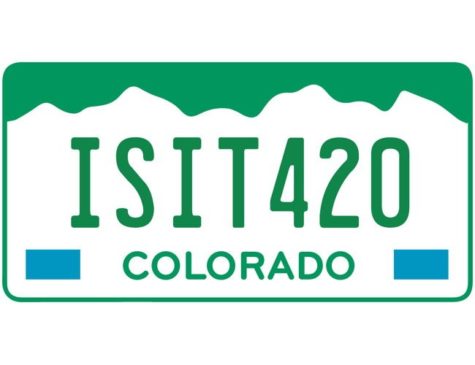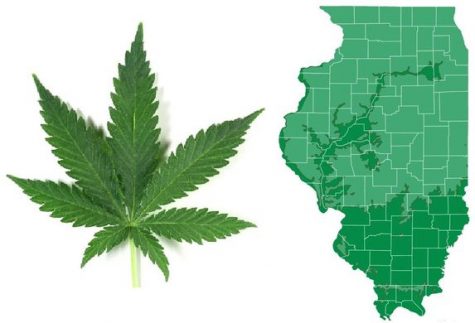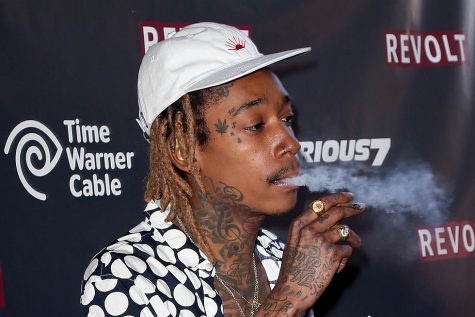Virginia Legislature passes cannabis legalization bill after governor’s push for faster timeline
On Wednesday, April 7, Virginia’s Democratic-controlled Legislature approved a bill to legalize the possession of small amounts of cannabis. As a direct effect of this, Virginia has gone down in history as the 16th state to enact such a law.
The news comes just weeks after Democratic Gov. Ralph Northam vowed to speed up recreational cannabis legalization in Virginia. He has long-argued that lawmakers ought to offer fair treatment to people who want to possess a substance that will likely be legal at the federal level in the near future.
“Today, with the Governor’s amendments, we will have made tremendous progress in ending the targeting of Black and brown Virginians through selective enforcement of [cannabis] prohibition by this summer,” said Democratic House of Delegates Speaker Eileen Filler-Corn, who praised Virginia’s cannabis legalization plan.
In order to pass Virginia’s cannabis legalization bill, fellow Democrat Lieutenant Gov. Justin Fairfax slung a 20-20 vote tie in the State Senate. Based on the newly-imposed law, adults aged 21 and above can now possess one ounce (or less) of cannabis from July 1; as opposed to the previously suggested date of January 1, 2024.
No Republican support for Virginia’s cannabis legalization measure, only opposition
Since Virginia’s cannabis legalization measure did not attract any support from Republicans, its passing would not have been possible without the Democratic-controlled Legislature. In fact, Republicans fought against the measure’s passing by objecting to much of the bill’s language, which extends over 300 pages.
A handful of Republicans found faults with legal framework that would grant business licensing preferences to individuals and groups who’ve been impacted by the failed war on drugs. Northam’s efforts to legalize cannabis in Virginia were also slammed by Senate Minority Leader Tommy Norment.
“We have a governor who wants to contribute to the resurrection of his legacy,” Norment said, as he referenced a racist photograph that was found in Northam’s 1984 medical school yearbook.
Northam’s proposal allocates 30 percent of funds to help communities that have been hardest hit by drug prohibition. Comparatively, in New Jersey, 70 percent of funding is used for the same purpose.
An additional 40 percent of Virginia’s cannabis revenue would benefit childhood education programs, while any leftover funds would be used to support public health programs and substance abuse treatment.
Also contained in Virginia’s cannabis legalization measure is a section that covers “social equity” applicants, including individuals who have graduated from majority-black colleges and universities, as well as individuals who have faced charges for committing cannabis-related offenses.
Based on that section of the measure, hopeful cannabis entrepreneurs who fall into the aforementioned criteria would be considered for licensing ahead of other applicants.
Recreational retailers may not be licensed to sell adult-use cannabis in Virginia for years
Cannabis consumers in Virginia shouldn’t get too excited at the prospect of buying legal weed just yet. Although the all-important bill to legalize weed has officially passed, it may take several years for recreational cannabis retailers to bag the licensing they need.
Unfortunately for consumers who thought they might be able to purchase recreational cannabis from the state’s existing medical dispensaries, this won’t be an option just yet.
Being unable to purchase recreational cannabis in a retail setting won’t be too much of a problem, however, since there will be alternative methods of obtaining the plant. For example, instead of purchasing from retailers, consumers can legally grow a maximum of four plants from July 1.
According to Marijuana Business Daily analysts, Virginia’s adult-use sales could easily top $500 million during the initial year, before inflating to $1.4 billion by its fifth year of operation.







